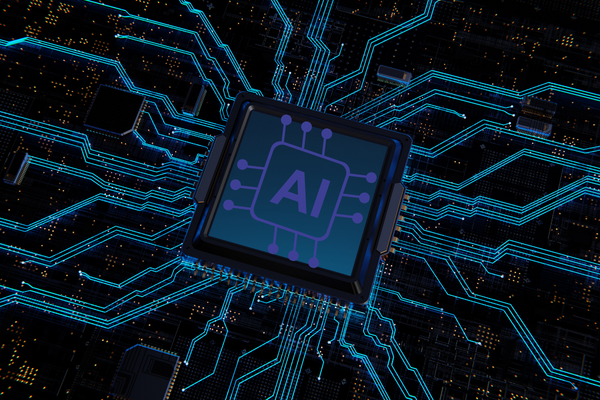In the rapidly advancing landscape of technology, a quiet yet impactful revolution is taking place—the advent of Ambient Intelligence. This transformative shift is distinct from the splashy launches of revolutionary devices, focusing instead on the cultivation of seamless digital experiences meticulously crafted to cater to the unique preferences, requirements, and surroundings of individuals. This evolution finds its momentum in the remarkable proliferation of Artificial Intelligence (AI)-based technologies, setting the stage for a new era characterized by unprecedented levels of personalization and intuitive interaction with our digital environment.
Embracing Ambient Experiences
The concept of “ambient intelligence” envisions a world where technology seamlessly integrates into daily life without conscious interaction. Billions of devices play a crucial role but blend effortlessly into the background, surfacing only when needed.
A Shift in Computation Landscape
Andy Rose, VP of Technology Strategy at Arm, notes that ambient experiences demand increased computing power, advanced AI, and heightened security to shape personalized encounters informed by individual data.
The Personalized Touch of Ambient Experiences
Ambient experiences are intricately personalized, finely tuned to individual needs and environments. The surge in AI-based technologies amalgamates various services and intelligences to interpret data, automatically implementing the most relevant experiences based on user preferences.
Sensors and Smartphones in the Spotlight
Sensors and smartphones emerge as pivotal technologies for ambient computing. These devices provide contextual awareness, gathering information about diverse environments and tailoring it to individuals based on their unique preferences.
The Future Unveiled: AI in Action
Today’s AI-powered digital assistants respond to explicit commands, but the future promises more. They will comprehend a user’s location and execute actions automatically – from adjusting home settings upon entry to orchestrating a series of automated tasks.
Smart Homes and Beyond
In future homes, devices will seamlessly connect to enhance the environment. Air purifiers will autonomously adjust settings based on pollen levels, while robotic vacuums will initiate cleaning routines intelligently.
Smart Workplaces and Healthcare
Offices will automatically allocate workspaces upon entry, and hospitals equipped with numerous sensors will detect patient movements, enabling early identification of health issues. Voice-enabled AI will document medical conversations automatically.
Urban Infrastructure Transformation
Connected infrastructure in cities will adapt to real-time conditions, providing timely information to the public. Public transport, for instance, could offer real-time instructions based on sensor data, guiding passengers to optimal seats.
Beyond Evolution: A Digital Sixth Sense
Ambient computing is not merely an evolution; it introduces a “digital sixth sense.” Users will experience heightened senses – seeing, hearing, smelling, or touching at unprecedented levels, offering life-changing implications for those with disabilities.
Accessibility through Hearables
Advanced hearing aids or ‘hearables’ could offer users an enhanced auditory experience. Connected to ambient compute systems, these devices can amplify relevant sounds, such as a car approaching a blind corner.
Challenges and Solutions for Ambient Technology
As with any technological evolution, ambient computing poses challenges. The need for more computing power at the edge, efficient software, and robust privacy measures emerges as key considerations.
Powering the Future with Arm
Arm, with its expansive computing footprint, stands as the foundation for seamless, highly personalized ambient experiences. As this technology evolves, addressing complex challenges will ensure a future where ambient intelligence enriches our lives invisibly.
